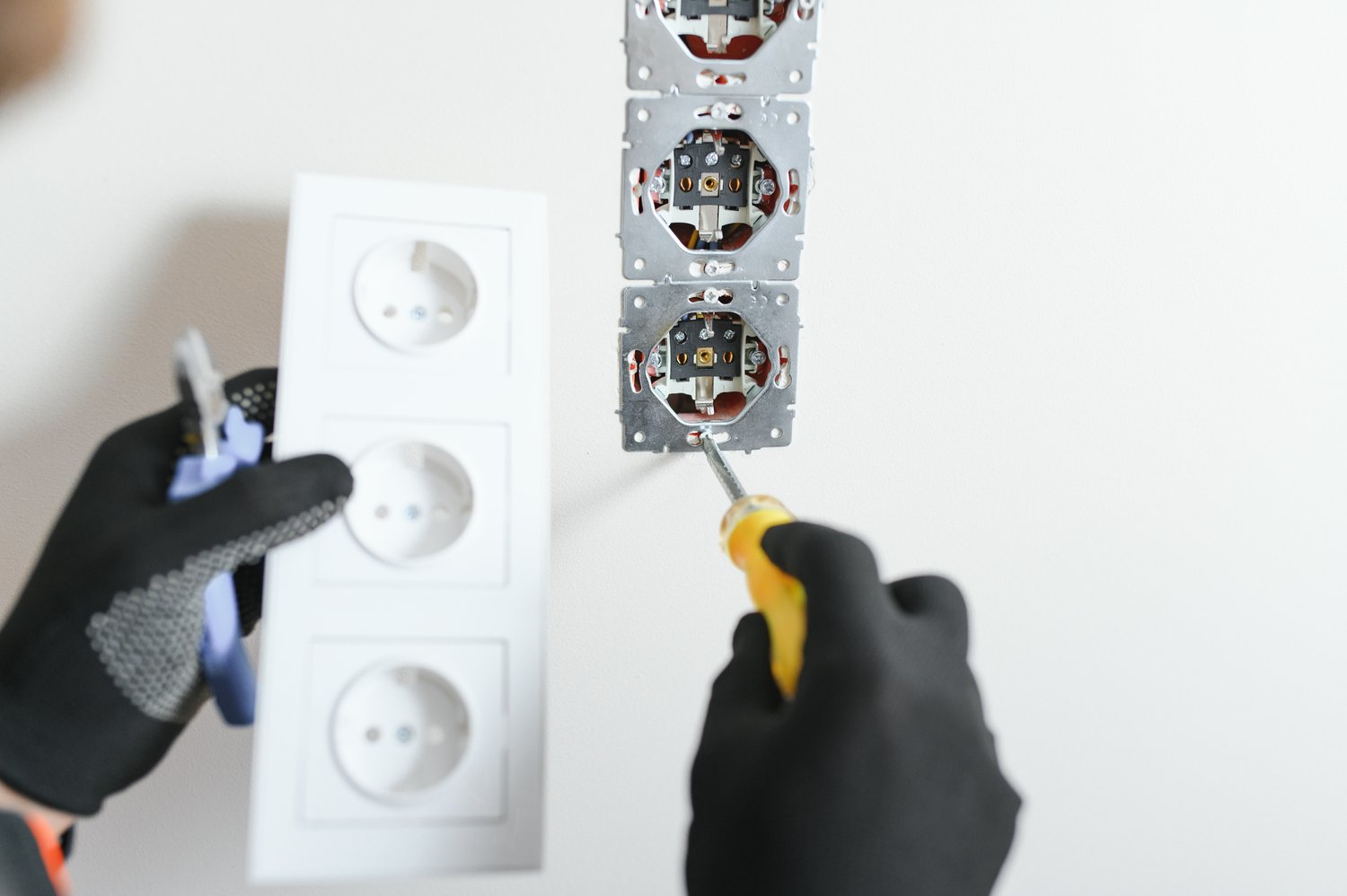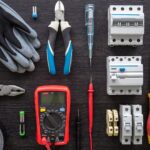Understanding installation boxes and their importance
Installation boxes are crucial components in electrical systems. They provide a safe enclosure for electrical connections and devices. These boxes come in various types, including surface-mounted and flush-mounted options. Electricians use them to house switches, outlets, and other electrical fixtures. Installation boxes [PHRASE] https://onninen.pl/en/products/Home-office-and-RTV-equipments/Installation-boxes protect wiring from damage and reduce fire risks. They also make it easier to access and maintain electrical components. Proper installation of these boxes ensures compliance with electrical codes and regulations.
The size and type of installation box depend on its intended use. Smaller boxes are suitable for single switches or outlets. Larger boxes accommodate multiple devices or complex wiring configurations. Some boxes are designed for specific applications, such as outdoor use or fire-rated installations. The material of the box also varies, with plastic and metal being common choices. Plastic boxes are lightweight and corrosion-resistant, while metal boxes offer greater durability and heat resistance.
When selecting installation boxes, consider the number of wires and devices they need to accommodate. The National Electrical Code (NEC) specifies minimum box sizes based on these factors. For example, a single-gang box typically measures 2″ x 3″ x 2.5″ and can hold up to four 14-gauge wires. Larger boxes, such as 4″ square boxes, can accommodate more wires and devices. It’s essential to choose the right size to prevent overcrowding and ensure proper heat dissipation.
Installation boxes play a vital role in organizing and protecting electrical connections. They provide a secure mounting point for devices and help maintain the integrity of the electrical system. Proper installation and selection of these boxes contribute to the safety and functionality of your home’s electrical infrastructure. Regular inspection and maintenance of installation boxes can help identify potential issues before they become serious problems.
Exploring flush-mounted boxes for a sleek look
Flush-mounted boxes offer a clean, streamlined appearance in electrical installations. These boxes are installed within walls, ceilings, or floors, sitting flush with the surface. Flush-mounted boxes [PHRASE] https://onninen.pl/en/products/Home-office-and-RTV-equipments/Installation-boxes/Flush-mounted-boxes are popular in modern home design due to their aesthetic appeal. They come in various sizes and depths to accommodate different devices and wiring needs. Standard sizes include single-gang (2″ x 3″), double-gang (4″ x 4″), and triple-gang (6″ x 4″) boxes.
Installing flush-mounted boxes requires careful planning and execution. The process typically involves cutting an opening in the wall, securing the box to a stud or joist, and running wires to the box. It’s crucial to ensure the box is level and properly aligned with the wall surface. Some flush-mounted boxes feature adjustable mounting brackets to help achieve the correct depth. This adjustment is particularly useful when working with different wall thicknesses or tile installations.
Flush-mounted boxes are available in various materials, including PVC, fiberglass, and metal. PVC boxes are lightweight and resistant to moisture, making them suitable for most indoor applications. Fiberglass boxes offer increased durability and are often used in outdoor or harsh environments. Metal boxes provide superior fire resistance and are required in certain commercial and industrial settings. The choice of material depends on the specific requirements of the installation and local building codes.
When selecting flush-mounted boxes, consider the type of devices they will house. Some boxes are designed specifically for switches, while others are better suited for outlets or data connections. Many flush-mounted boxes feature built-in cable clamps or knockouts for easy wire management. It’s important to choose boxes with the appropriate number of gangs and depth to accommodate the intended devices. Proper selection ensures a clean installation and compliance with electrical codes.
Utilizing floor boxes for convenient power access
Floor boxes provide a practical solution for accessing power and data connections in open spaces. These boxes are installed directly into the floor, offering a convenient way to bring electrical outlets closer to workstations or equipment. Floor boxes [PHRASE] https://onninen.pl/en/products/Home-office-and-RTV-equipments/Installation-boxes/Floor-boxes come in various sizes and configurations to suit different needs. They are particularly useful in large rooms, conference areas, and open-plan offices where wall outlets may be insufficient or impractical.
The installation of floor boxes requires careful planning and coordination with other trades. These boxes must be placed before the concrete is poured in new construction or retrofitted into existing floors. A typical floor box measures around 6″ x 8″ x 4″, but larger sizes are available for more complex installations. Some floor boxes feature adjustable heights to accommodate different flooring materials and thicknesses. This adjustability ensures a flush finish with the final floor surface.
Floor boxes are designed to withstand the weight and traffic of people walking over them. They often feature robust covers that protect the internal components from dirt and moisture. These covers come in various styles and finishes to complement different floor types. Some floor boxes offer “flip-top” lids for easy access, while others have recessed covers that can be filled with the surrounding flooring material for a seamless look. The choice of cover style depends on the aesthetic preferences and functional requirements of the space.
When selecting floor boxes, consider the types of connections needed. Many floor boxes can accommodate both power and low-voltage connections, such as data or audio/video cables. Some models feature separate compartments for power and data to minimize interference. It’s important to choose floor boxes with the appropriate capacity and configuration for your needs. For example, a basic floor box might offer two power outlets and two data ports, while more advanced models can provide up to eight or more connections.
Optimizing home office and RTV equipment setups
Creating an efficient home office and entertainment setup requires careful planning of electrical and data connections. Home office and RTV equipments often have specific power and connectivity requirements. Proper placement of outlets and data ports can significantly improve functionality and reduce cable clutter. A well-designed setup typically includes a mix of wall-mounted and floor-mounted power solutions. This combination provides flexibility for various equipment layouts and future upgrades.
When planning your home office layout, consider the placement of your desk and major equipment. A typical home office setup might require 6-8 power outlets and 2-4 data connections. Floor boxes can be particularly useful for centrally located desks or conference tables. Wall-mounted outlets should be strategically placed to accommodate peripherals like printers or charging stations. It’s also wise to include surge protectors or power strips for additional protection and flexibility.
For RTV equipment, consider using specialized media boxes or recessed wall plates. These solutions can accommodate multiple connections, including power, HDMI, and audio cables. A standard media box might offer 2-4 power outlets and 4-6 low-voltage connections. Proper cable management is crucial for a clean and professional look. Use cable raceways or in-wall conduits to conceal wires and maintain a tidy appearance. Remember to leave some slack in the cables to allow for future adjustments or equipment changes.
Home office and RTV equipments [PHRASE] https://onninen.pl/en/products/Home-office-and-RTV-equipments often require reliable internet connectivity. Consider installing Ethernet ports in addition to Wi-Fi for stable, high-speed connections. A typical home office might benefit from 2-4 Ethernet ports, while an entertainment center may need 1-2 ports for smart TVs or gaming consoles. Don’t forget to plan for future expansion. Including empty conduits or additional junction boxes during initial installation can make future upgrades much easier and less disruptive.





